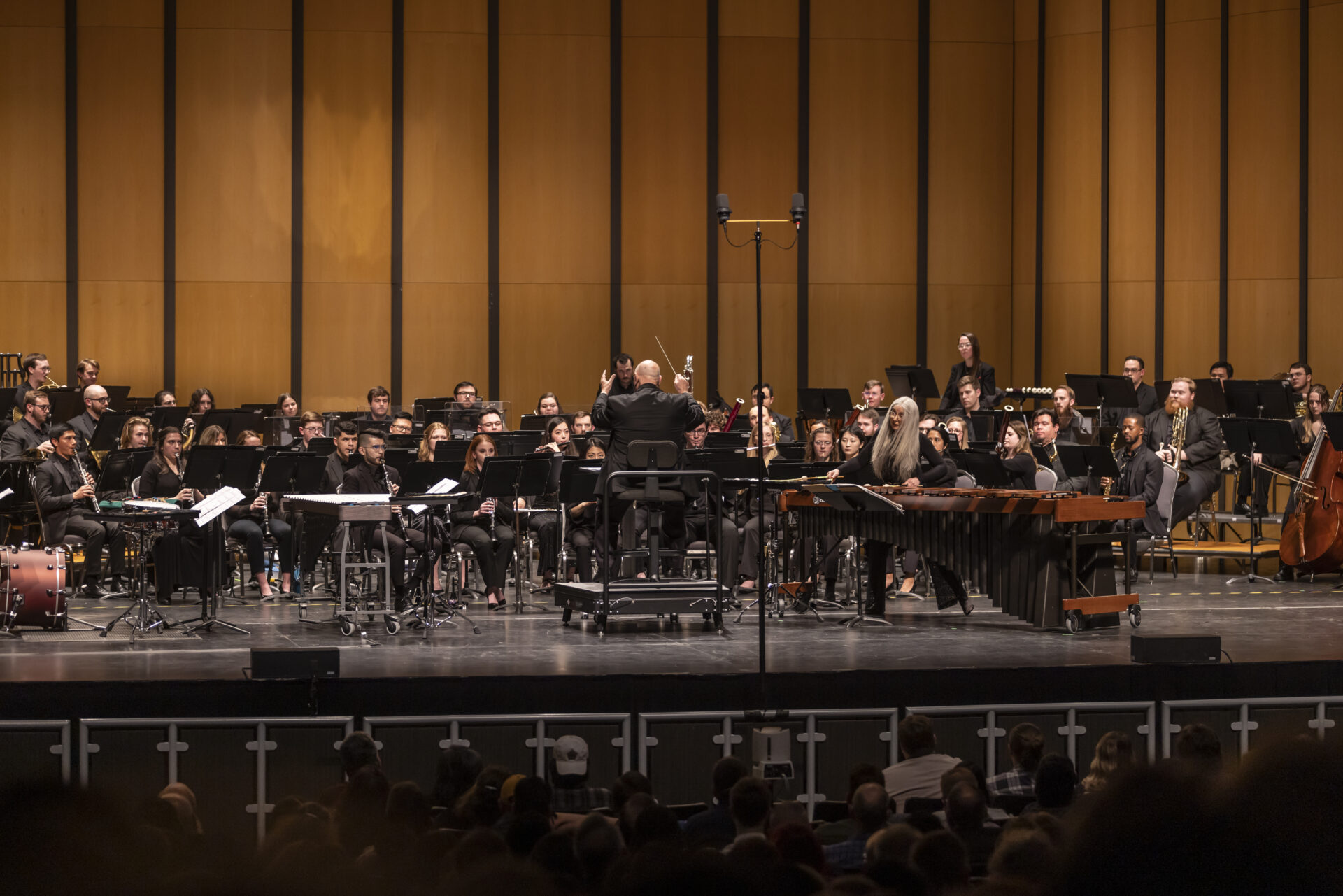If you ever find yourself looking at or listening to a recording of a wind ensemble, the chances are the recording is of the University of North Texas Wind Symphony led by Eugene Corporon. Together with the late Recording Engineer, Bruce Leek, they have been releasing top-of-the-line recordings in this medium for decades. “When we started recording at the University of Cincinnati, where I taught previously… we said, ‘let’s make a CD, one CD’, and fast forward now to almost 150 discs,” Corporon says. “It always seemed like a great way to give ourselves a chance to evaluate our work. And it serves as a real educational purpose, so it’s followed me all along.”
Now they have released their final two physical CDs Respair and Closure via GIA Publications with some incredible works by modern composers and wonderful performances by UNT students and faculty alike. Recording Engineer Benjamin Blasko and Producer Jack Stamp pick up right where Leek left off in terms of crystal clear, well-balanced recordings. Of course, they have no plans to quit recording in the future; however, with the changing times, they have decided to move to an all-digital format in conjunction with live audio/visual streams and archives via YouTube.
In this interview with UNT Wind Symphony Conductor, Eugene Corporon and UNT Wind Orchestra Conductor, Andrew Trachsel, we learn more about the process of recording and some of the pieces themselves in these new albums including Flying Jewels by James M. David, the Euphonium Concerto by Edward Gregson, and Re(new)al by Viet Cuong.
Click on the audio file to hear the interview and these selected recordings!
